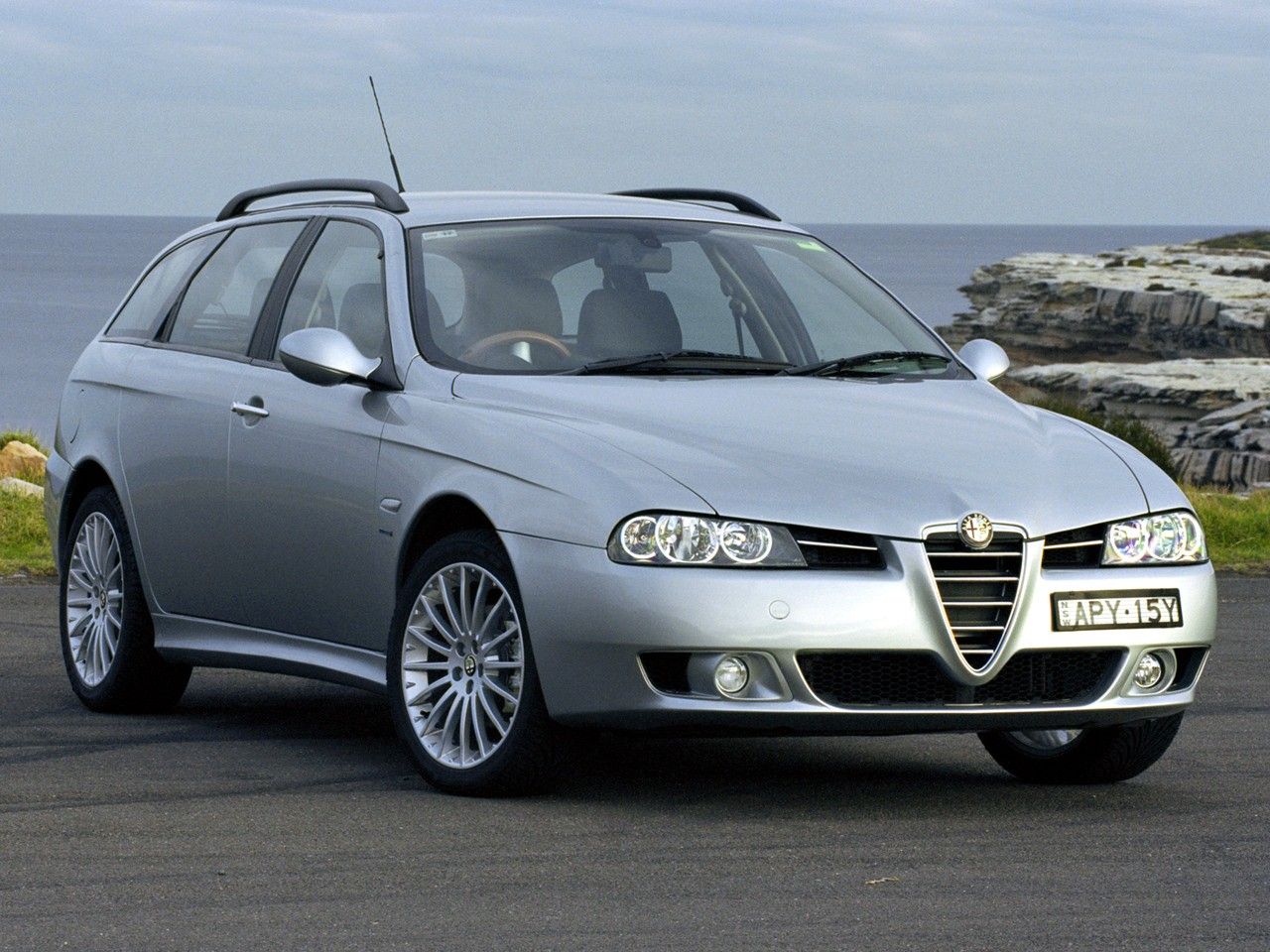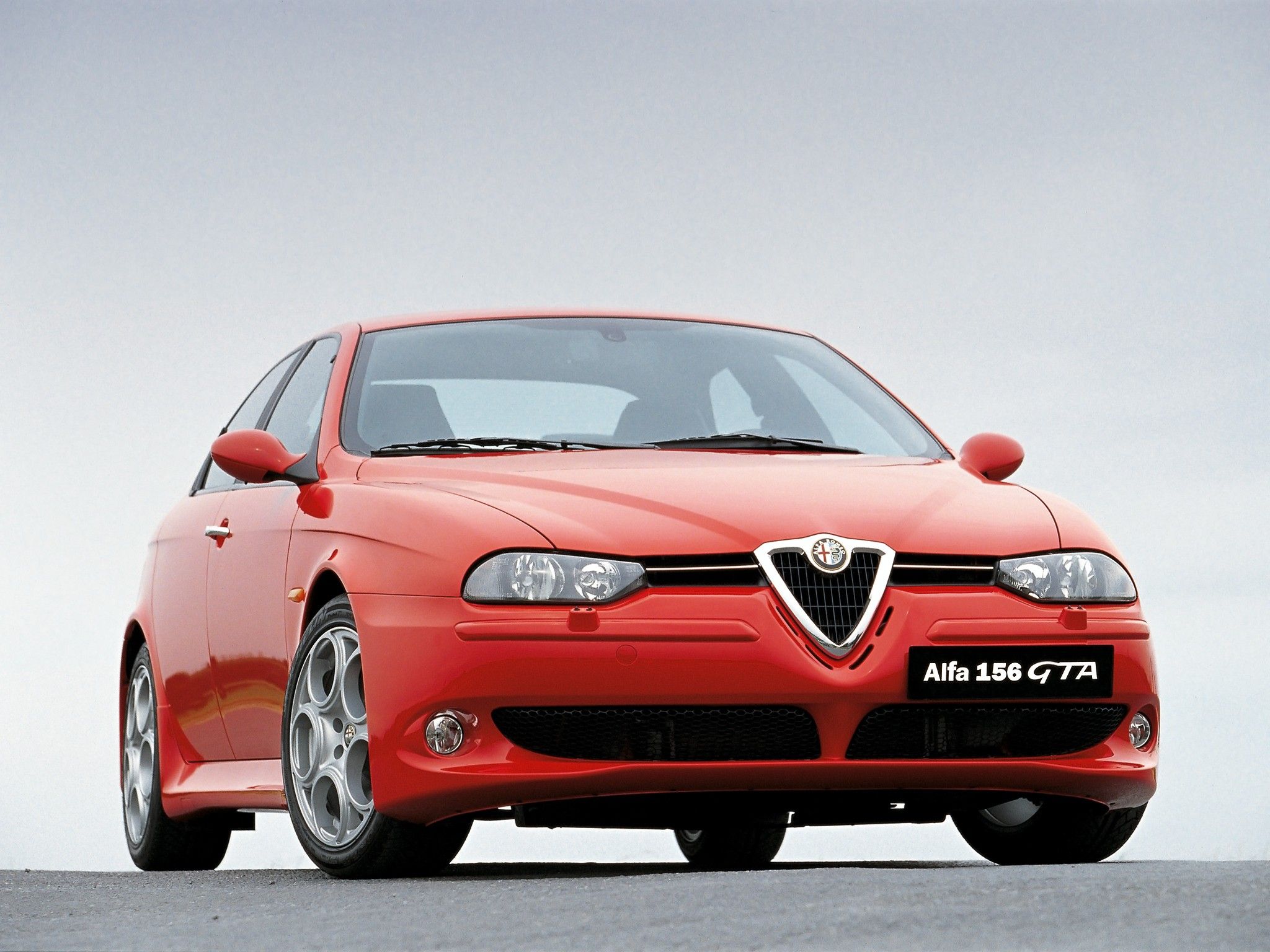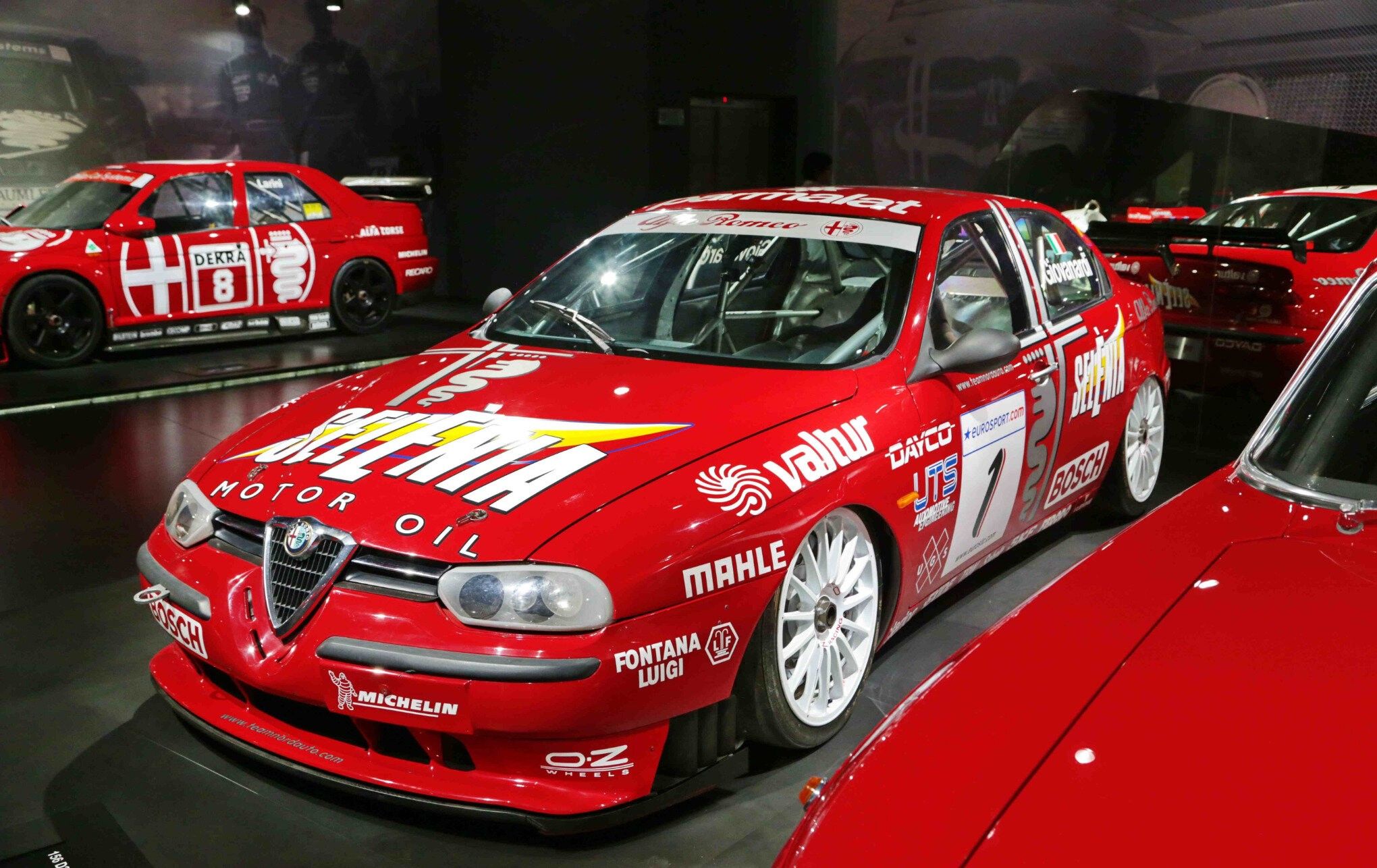There isn't much better for a car enthusiast than an Italian car, but for many the Ferraris, Lamborghinis, and even Maseratis of the world are unaffordable. Taking another aspirational step down comes Alfa Romeo.
A brand with an equally rich history as Ferrari but over the past decades has had a different focus. Italian cars with more style and performance than a cheaper Fiat but with a price tag that wouldn't bankrupt the owner. To fill this objective came the 156, the replacement to the successful touring car found in the 155.
It launched in 1997 and drove off production lines until 2007 where the 159 replaced it. The 156 is a compact executive car that comes as both a saloon, estate, and even a crossover. But the 156 didn't sell perfectly as it did. In fact, it bankrupt many owners with its droves of reliability issues.
The Second Facelift
The predecessor to the 156, the 155 was a car straight from the past steeped in the history of its on-track performance. With sharp creases and body lines, the vehicle was aggressive and by the turn of the millenium, was dated and a relic from the past as its German rivals in the 3 series and C class began to shift to more curvaceous designs, Alfa Romeo was forced to introduce a new model. The first era of 156 slightly missed the mark, the front fascia didn't quite appear beautiful or Italian with its Germanic straight lines which blended into the market of Audis, BMWs and Mercedes.
The first facelift came in 2002 and was an improvement, but again, something wasn't right. Alfa turned to Italdesign and Giorgetto Giugiaro in 2003 to introduce the final iteration of the 156. Giugiaro's portfolio is impressive to say the least, designing the Mk1 Golf, Maserati Ghibli and Alfa Romeo Giulia Sprint GT, all cars which don't share design features but instead meet their brief and brand's identity, thus the 2003 156, is the most Alfa Romeo of the three iterations available.
There are eight engines to choose from with everything from a 1.6-liter four-cylinder to a 3.2 liter V6 and two diesel options. It's the same when it comes to transmissions, there are five to choose from, which vary from a four-speed automatic to a six-speed manual. The 156 was introduced as paddle gearboxes had begun to make their way onto the market. Alfa Romeo used the Selespeed system, their version of the Paddle box found on the Ferrari F355, it saw implementation across a range of Alfa Romeos and Fiats.
Most notably on the 156 is the high-quality interior. Many cars were optioned with a natural tan leather interior which has aged well and gives the somewhat small car light and airy feel. But all specifications have held up well when compared to a competing Audi from the time. Most cars came with leather interiors and the center console is dominated by an array of dials and controls.
The lack of out of date screens is refreshing the 156 is a surprisingly analogue car coming from the time before infotainment and connectivity. The car's successor the 159, which although incredibly similar both inside and out to the facelifted 156, has two very obvious LCD displays which add to the clutter of the cabin. The 156 is arguably a better option due to its more classical and less dated interior.
The Problems
There is a reputation attached the all Alfa Romeos. When buying one you're buying into the soul of the brand and its history, which stems from competing in the Targa Florio, you're not buying into something that is guaranteed to start every day. With the 156 leaving production in 2007, they have the issues that are to be expected with older cars, over time and with high mileages things break.
But the 156 has a few more added issues, the front suspension is known to fail, the turbo will need to be replaced, engines can and will overheat, and the airbag light will come on and do so frequently. Italian electrics twenty years ago were not the most refined and well-engineered, especially when much of the production budget was spent on styling, often these issues are just loose connections. But this does mean that when, as it likely will, your Alfa Romeo leaves on the side of the road you'll look good there.
An Absolute Bargain
Those in the market for a practical Italian car on the cheap should stand to attention for the 156, though. The brand's reputation makes these cars depreciate rapidly and after a decade and a half, they are bargains. High mileage and low spec models can be found for under £1,000 or around $1,500. But the models that are most desirable and well-maintained ones are a little more expensive, a middle of the range 1.9 JTDM car can be found for £2,000 or nearly $4,000.
Before Alfa Romeo introduced Quadrifolio Verde, their performance division cars carried the GTA moniker. With a 3.2-liter V6 unit producing a respectable 250 horsepower, 151,000 miles, but in somewhat immaculate condition, one is for sale for £10,995 or $20,000. But finding a 156 in North America will prove to be tricky, they were never made domestically available; Alfa Romeo made a return to the North American market in 2015, but with the 156 now being over 20 years old, importing one shouldn't be as tricky as it used to be.




